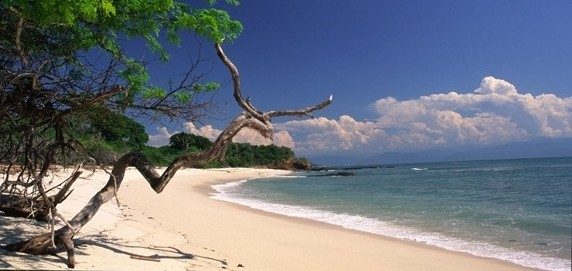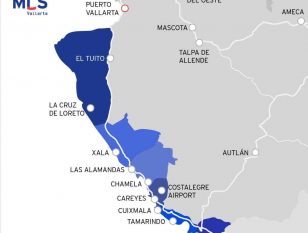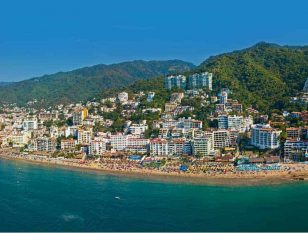by John Youden - June 20, 2016

For American buyers this makes it rather simple for them as they can use the same currency they use back home. But for Canadian or Mexicans, it’s a different matter, that has become increasingly more evident over the past year as both the Canadian and Mexico currencies have lost value compared to the US dollar. In this situation, whatever is sold in USD currency becomes more expensive; such as real estate in Puerto Vallarta or Riviera Nayarit.
For example, a condominium listed for US$100,000 today (January 2016) will cost a Canadian $145,000 in his/her currency. The currency they get paid and save in. That’s a huge difference, especially when five years ago that condo would have cost them only $100,000 CAD (CAD was on par with the USD).
The same goes for Mexicans. The same condominium would cost them $1,800,000 pesos; a substantial amount, especially when the same condo, priced the same five years ago, would have cost them only $1,150,000.
So for Americans if there had been no appreciation in the market over the past five years for this type of condo, they’d be paying the same price today as back then. But Canadians would be paying nearly 50% more and Mexican nearly 60% more.
For the most part, these are condominiums that are built with Mexican products charged for in pesos, and they are maintained in costs incurred in pesos. But still, they are sold in American dollars.
Americans, however, aren’t getting off so easily here; it’s all good and fine when they are buying real estate, but when they go to sell they may be in for a surprise as real estate sales are recorded at the land registry office in pesos.
Let’s take the same condominium previously mentioned that hasn’t appreciated at all over the past five years. If an American couple had bought it in 2011 and now they are selling it for the same price today, they think they are breaking even, except for the real estate commission, except they are not.
In 2011 that condominium would have been registered at a value of $1,150,000 pesos at the titles office. When the sale gets registered today, when the sell it, it will be for $1,800,000 pesos. When the tax department sees this, they are going to say that this couple just made a capital gain of $650,000 peso. Now, they do get to deduct some for the cost of inflation, but inflation hasn’t been that high over the past few years in Mexico. Most likely this couple are going to have to pay $200,000 in capital gains taxes, or about US$11,000. Now they aren’t so happy.
And what about the Canadians and Mexicans? What if they had bought and sold that same condominium at the same times?
The prices would be registered stay the same, but when you take into consideration currency differences, both actually did make a capital gain - the Canadians made CAD$45,000 and the Mexicans made $650,000 pesos. On this they’d have to pay taxes, but they’d still be way ahead of the game, especially when compared to the American sellers.
In recent years, because of a tightening up of how Mexican could invest in the United States, many Mexicans who had bank accounts in the USD closed them and brought their money back to Mexico. Mexicans are always a little concerned about a depreciating peso (and history has proven them to be correct on this!) and prefer to have some of their investments in US dollars. And some noticed that if they bought real estate in tourist areas such as Puerto Vallarta they could protect some of their cash in USD price investments. The upside to this is that the peso did, in fact, do exactly that and depreciate, meaning those who bought just a few years ago have seen 30-40% returns on their investments, if they decided to cash out today.
So, although it may be a good time for Americans to be buying real estate in Puerto Vallarta and Riviera Nayarit, It’s just a good of time for Canadians and Mexicans to be selling. Makes for an interesting market...
Similar posts


